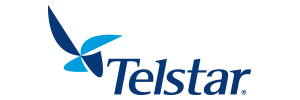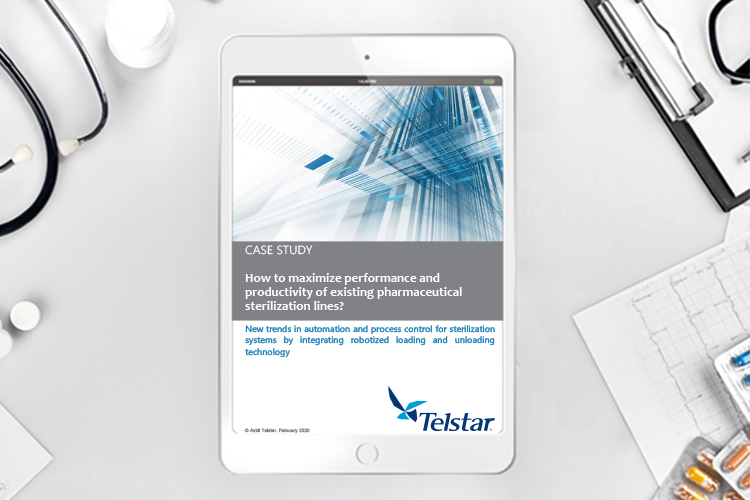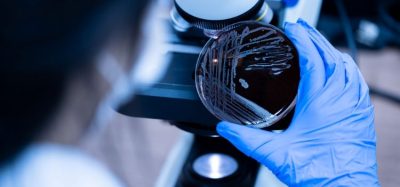Case study: How to maximise performance and productivity of existing pharmaceutical sterilisation lines?
Posted: 6 February 2020 | Telstar | No comments yet
New trends in automation and process control for sterilisation systems by integrating robotised loading and unloading technology.
ABSTRACT
Increasingly the pharmaceutical industry is challenged to increase the OEE (Overall Equipment Effectiveness) of their manufacturing process. The sterilisation lines for parenteral products are no exceptions.
What are the latest trends in automation and process control in pharmaceutical sterilisation process? The implementation of new integrated solutions for sterilisation process equipment integrating robotic and automated loading and unloading technology is proven to offer significant increase in performance and productivity, in addition to helping reduce operational costs, increasing savings in multiple connected machines covering a whole operational phases.
This article provides the main aspects to respond to the new trends while describing the retrofitting in an IV Bags sterilisation line, in order to maximises its OEE and make it ready for the technological opportunities of industry 4.0.
Related content from this organisation
- Press release: Freeze drying: New Telstar Usifroid platform for retrofitting & maintenance
- Press release: Telstar: 360 degrees GMP consultancy & engineering solutions at CPhI
- Whitepaper: Digital transformation of medical devices sterilisation by EtO
- Case study: New trends: reducing GWP impact on GMP freeze drying processes
- Case study: Challenges in manufacturing high value lyophilised oncology drugs










